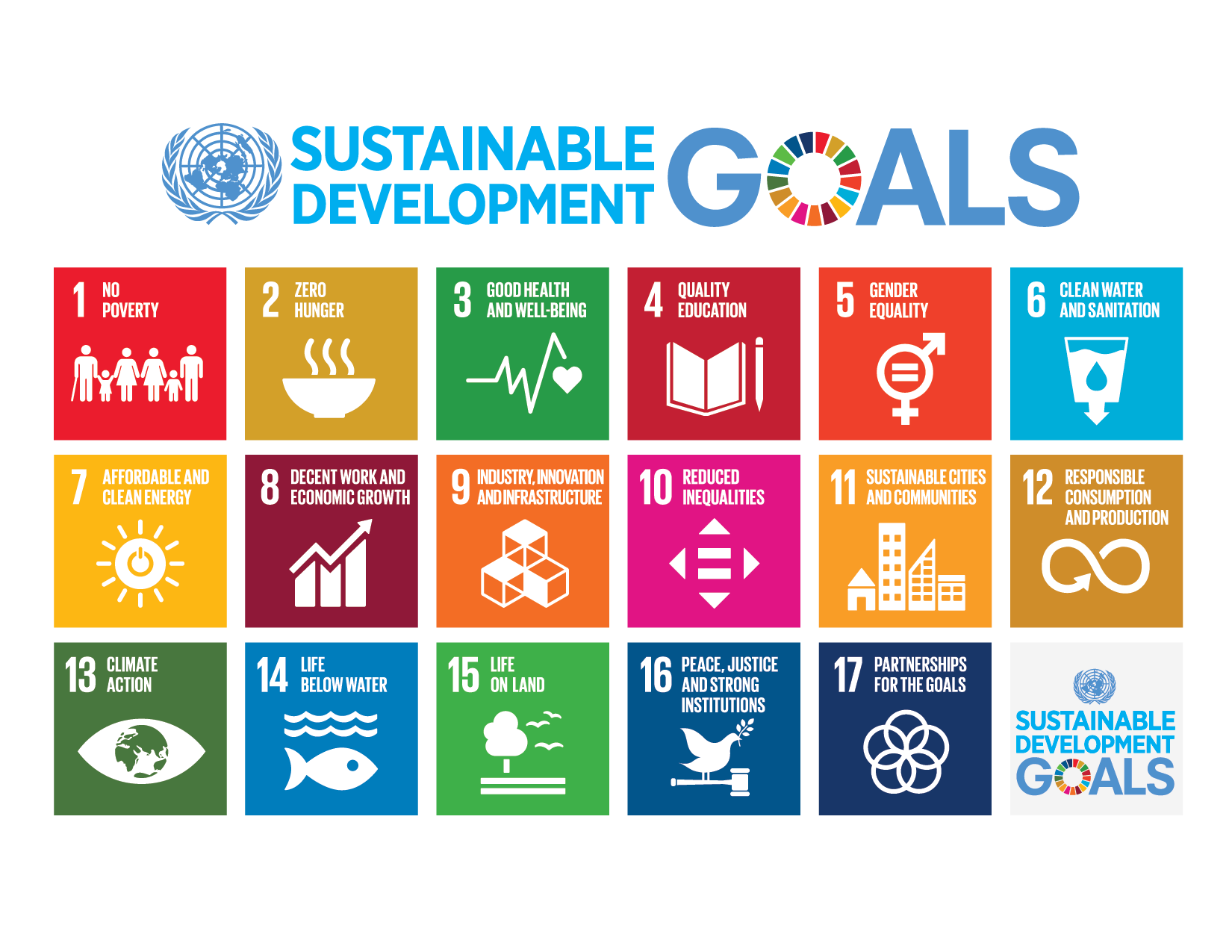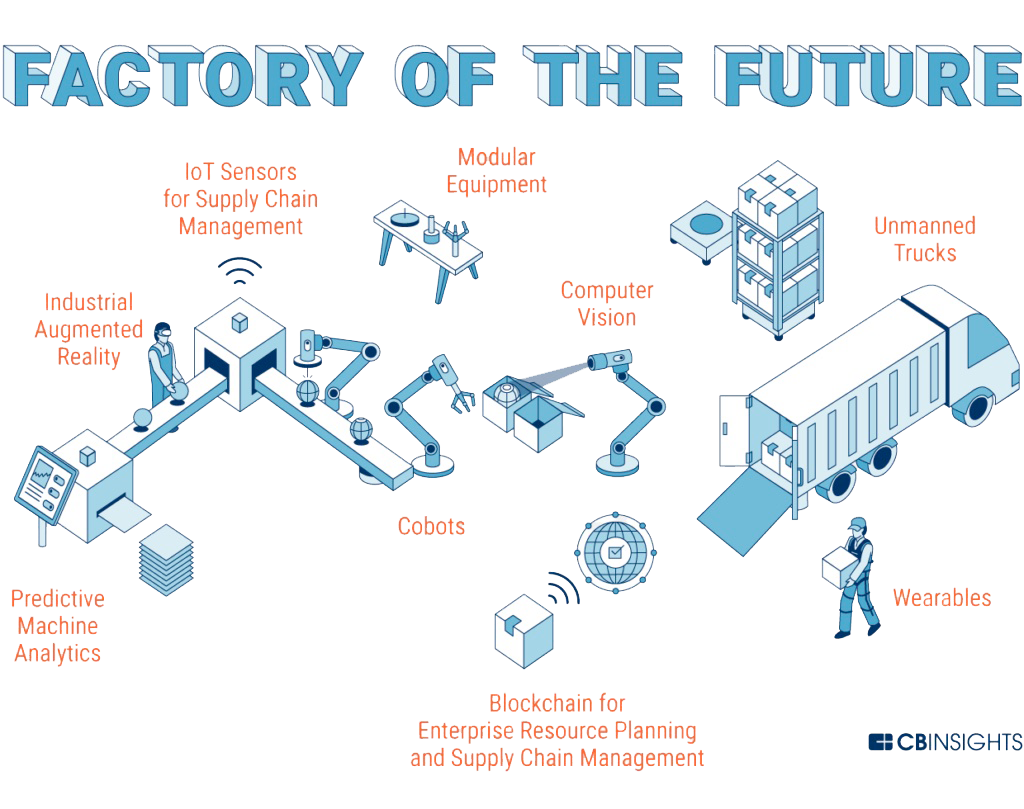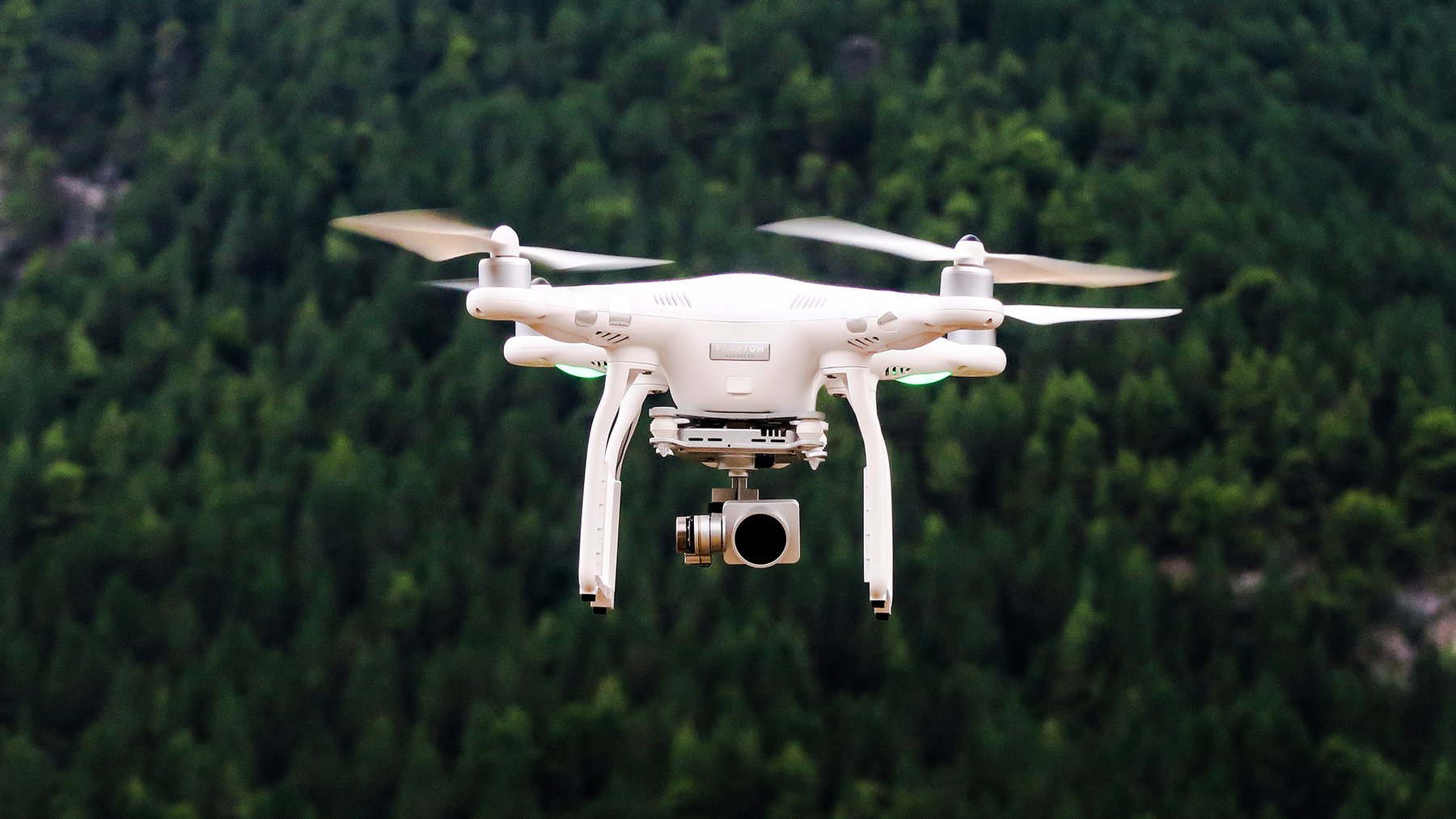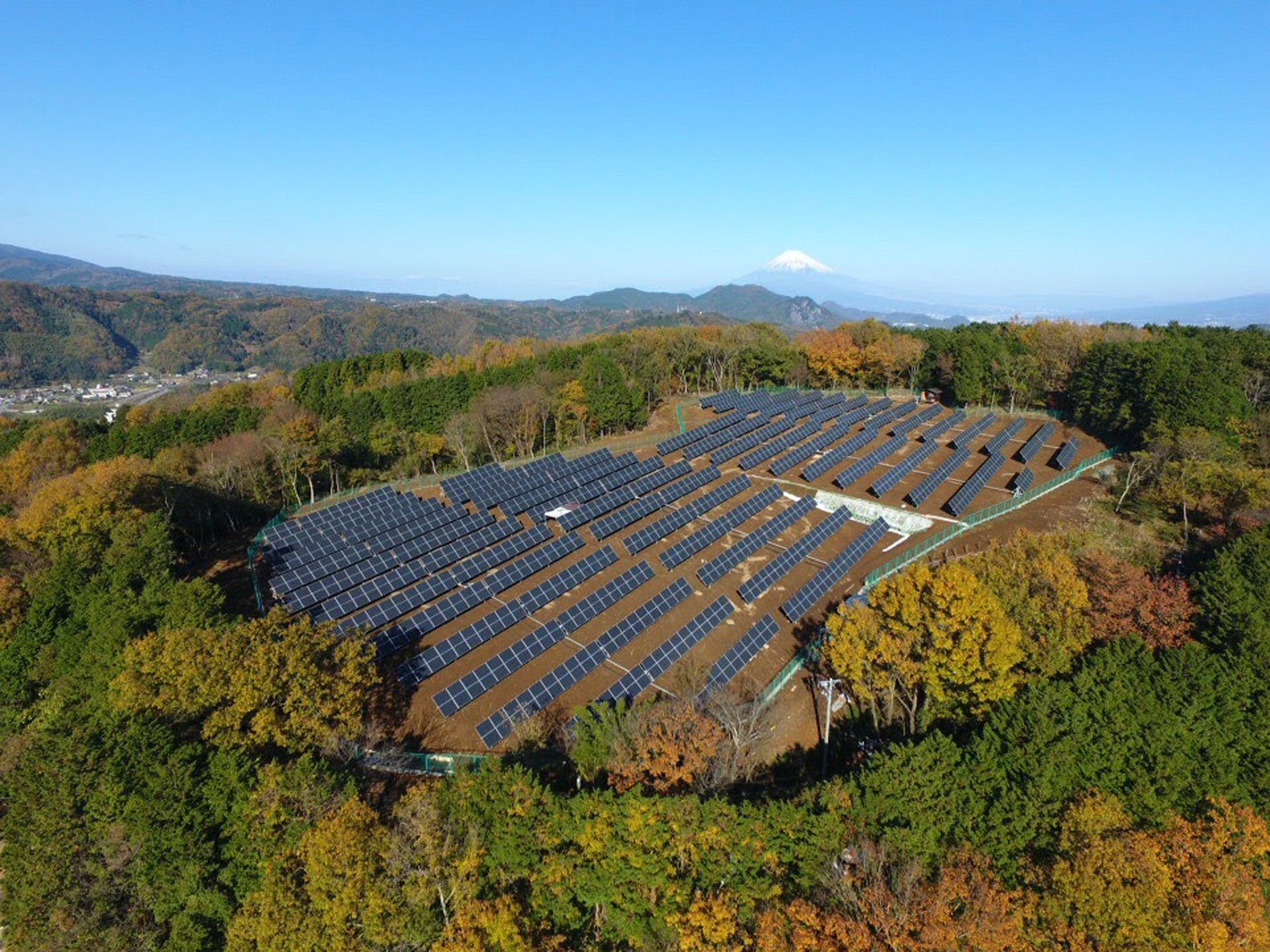
Technology
Future-forward Tools
December 30, 2020
Future-forward Tools
In 2015, the United Nations created 17 Sustainable Development Goals (SDGs for short) for the world to achieve by 2030. As we near the midpoint of this timeline, a raft of innovations are overdue – tools that bring about change and for the betterment of the world.. Here are a few that relate to the built environment.
Goal 3: Good Health and Well-Being

Redefined care delivery
Centralised digital centres enable decision-making, with continuous clinical monitoring, targeted treatments (e.g. 3D printing for surgeries), and the use of smaller, portable devices will help characterise acute-care hospitals.Digital patient experience
Digital and artificial intelligence (AI) technologies can help enable on-demand interaction and seamless processes to improve patient experience.
Enhanced talent development
Robotic process automation (RPA) and AI can allow caregivers to spend more time providing care and less time documenting it.Operational efficiencies through technology
Digital supply chains, automation, robotics, and next-generation interoperability can drive operations management and back-office efficiencies.Healing and well-being designs
The well-being of patients and staff members with an emphasis on the importance of environment and experience in healing is important for future hospital designs.Goal 7: Affordable and Clean Energy
The Rise of Solar
According to the Renewables Global Status Report, solar is the booming market for four years running; the electricity sector is an unstoppable change, and solar photovoltaics seem to be leading the sea change – 55% of new renewable energy capacity installed in 2018 (according to Ren21).
But that is overselling. Two thirds of the energy in the economy ends up wasted. Fossil fuels are inefficient – there is considerable wastage at each stage of production: mining, transportation, refining and burning. Besides, renewable electricity is simpler, and requires lower maintenance
But that is overselling. Two thirds of the energy in the economy ends up wasted. Fossil fuels are inefficient – there is considerable wastage at each stage of production: mining, transportation, refining and burning. Besides, renewable electricity is simpler, and requires lower maintenance
Goal 11: Sustainable Cities and Communities

[Pullout: “Drones, as disruptive as the Internet” – Liam Young, Speculative Architect]
Amazon’s unveiling of drone delivery has unlocked more potential. Think site analysis by realtors and architects to stitch together photos for 3D maps, monitoring construction site progress and producing dramatic photography of completed projects.
This will completely change the idea of masterplanning, and possibly implement drone-specific lanes, aerial traffic control and drop-off locations.
Amazon’s unveiling of drone delivery has unlocked more potential. Think site analysis by realtors and architects to stitch together photos for 3D maps, monitoring construction site progress and producing dramatic photography of completed projects.
This will completely change the idea of masterplanning, and possibly implement drone-specific lanes, aerial traffic control and drop-off locations.
Goal 13: Climate Action
Crazy technology is ongoing to combat climate action. Some may take decades to be figured out, while others might not even see fruition.
The next-generation nuclear Terrestial Energy, in Canada, is developing a design that uses molten salt to produce one-fifth of old nuclear technology. Countries are collaborating in Southern France to use fusion power to create a miniature “Sun on Earth” and to harness its power (Sounds familiar, Dr. Octavius?), and let’s not get started with Carbon capture and sequestration — removing carbon from the atmosphere and storing it underground.
The next-generation nuclear Terrestial Energy, in Canada, is developing a design that uses molten salt to produce one-fifth of old nuclear technology. Countries are collaborating in Southern France to use fusion power to create a miniature “Sun on Earth” and to harness its power (Sounds familiar, Dr. Octavius?), and let’s not get started with Carbon capture and sequestration — removing carbon from the atmosphere and storing it underground.

This article was first published in the FY18/19 issue of 360 Circle. You can download and read the full version here.